Growing up in Brownhills part 1
I was born on April 10th 1941, at 55 Coppice Side Brownhills, which is a road off the Pelsall road, by the site of the Jolly Collier Public House, since demolished for development by T & S Stores.
No 55 was the end house in a terraced block of 10, this photo, taken from the railway line, shows the row in the background.
I was the eldest of three boys having twin brothers four years younger than me.
My father worked at the Grove Colliery.
He was employed there in 1930 when Fourteen miners lost their lives in a black damp gas explosion. The next photo shows the funeral procession of ten of the miners who were buried in a communal grave in Brownhills cemetery.
The house at 55 Coppice Side was coal board owned, of the two up, two down design, with electricity just for downstairs lighting, and no power sockets. With only a cold water supply all hot water had to be boiled on the cast iron black leaded grate, using a kettle. All food had to be cooked in the side oven, or on the hob. The following photo shows a typical grate of that era.
Cast iron levers could be used to divert the heat to the oven or hob as required. Temperature control was hit or miss, depending on the fire control. My father, being employed by the Coal Board, received a coal allowance as part of his wage. Charlie Barton, a haulage contractor from Pelsall had the contract to deliver the allowance coal. which was loose tipped in the road outside the house. The coal which came in large lumps (some weighing up to a hundredweight) then had to be moved into the coal house for storage.
On wash days, normally Mondays, all clothes were washed by hand in a tub, agitated with a posher, to remove the dirt.
Persil or Rinso washing powder was used, with the addition of a Blue bag to help soften the water. Most families had a water-butt outside, under the downspout, to collect rainwater for washing purposes. Again this water must have been heated on the universal fire grate. After washing, the clothes would go through the mangle to remove most of the water, before hanging out to dry on the clothes line.
When dry, clothing was ironed with a flat-iron, heated on, that’s right, the fire grate.
When it came to personal bathing, a zinc bath was brought in from outside, and filled with water again from the kettle/grate system. Everyone took turns in the bath, using the same water, due to the extended preparation time. The following photo shows a typical back yard, with the bath hanging on the wall, and the water-butt under the downspout
Toilet needs were provided by means of the outside toilet block, adjacent to the coal house.
It must be said at this stage that every one respected their neighbours property and belongings, with no fear of theft.
The front of the house faced the entrance to Potters Clay & Coal, open cast mine. Sentinel steam lorries regularly transported Clay and Coal from the site.
At the rear of the property common land separated us from the railway line from Norton Canes , which transported coal to the large Marshaling yard at Norton Junction. (details of this railway line can be found on another page of this blog).
Walsall & District Co-op delivered milk and bread on a daily basis using horse-drawn carts.
Alan Bird delivered the meat on a Saturday.
Mrs Allport ran a small shop in the Pelsall road, but a two-mile walk was needed to visit Brownhills for major supplies. Shrigley’s the Grocers was our main supplier. No television then, and the lucky people who owned a radio, had to take the accumulator to the local radio shop for charging, on a weekly basis.
Starting school at the age of five, meant a daily walk of a mile each way to Clayhanger infants school, whatever the weather. Miss Wistance was my first Teacher. On Sunday I made two visits to the Sunday School held in the Methodists Chapel in Clayhanger Lane. Mr John Poxon ran the school, usually held in the large wooden building to the left of the Chapel.
Out of school activities were spent playing outside with other children. Hop scotch, kick the can, and hide and seek were some of the many games we played. More adventurous things we did were, off-road cycling (tracking) on the common, fishing in the canal, and scrounging on the local tip for beer & pop bottles, which we returned for the deposit. Many hours were spent watching the hump shunting at Norton Junction.
Also I spent a lot of leisure time at Big House Farm, generally messing about and watching the various farming activities carried out there including the milking of their herd of cows.
We always had a weeks holiday at Rhyl, staying at Mrs Cappers boarding house, 33 Butterton Road. Dunn & Hale Coaches, trading as Glider Tours, ran a weekly service to the Welsh resorts.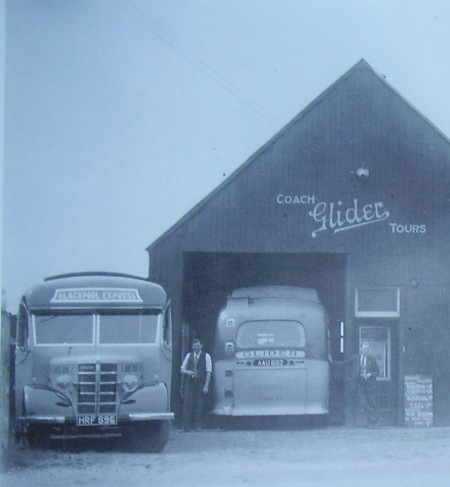
At the coach station, enterprising youths with hand carts, would take your luggage to the various boarding houses or hotels in the area. To me the highlight of the week at Rhyl, was a ride on the steamed hauled, narrow gauge Marine Lake Railway , around the large expanse of water.
At the age of 8 I left Clayhanger infants school, and started at Ogley Hay Junior school in Church Hill adjacent to St James Church.
My daily walk to School then increased to 2 miles per day.
To be continued in part 2
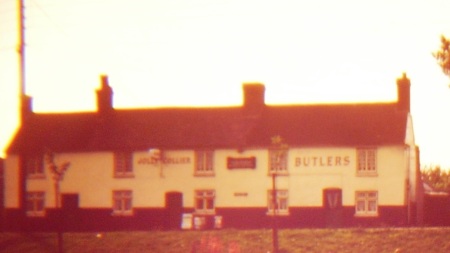
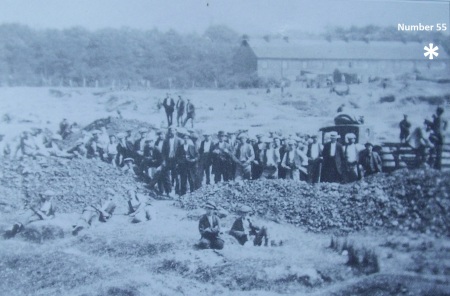
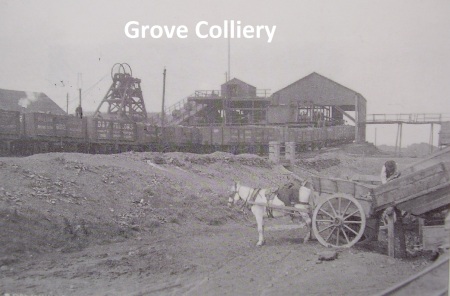
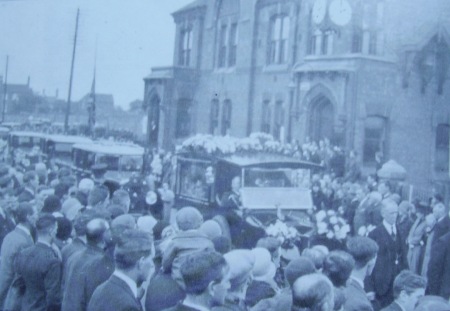
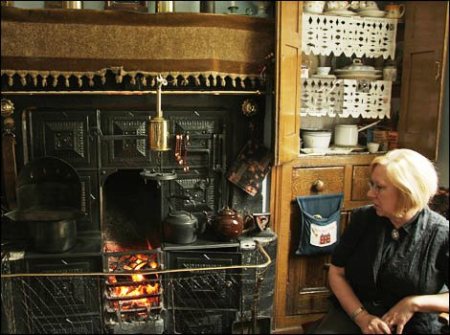
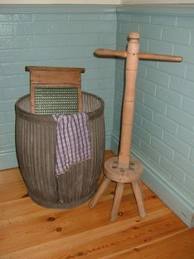
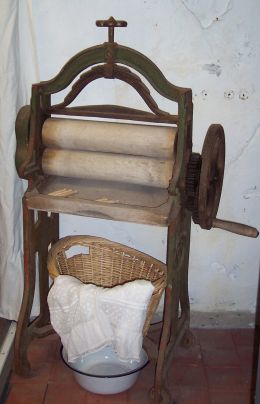
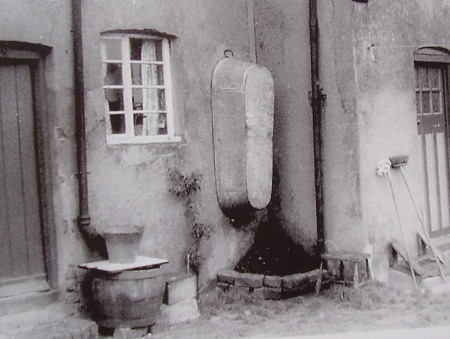
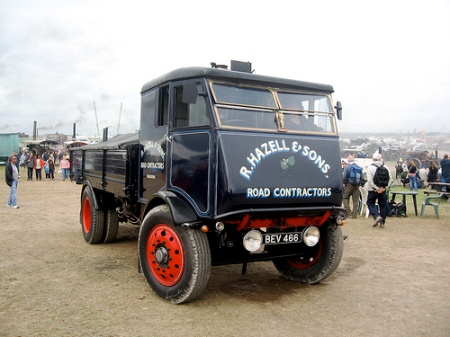
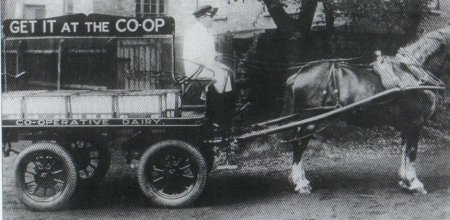
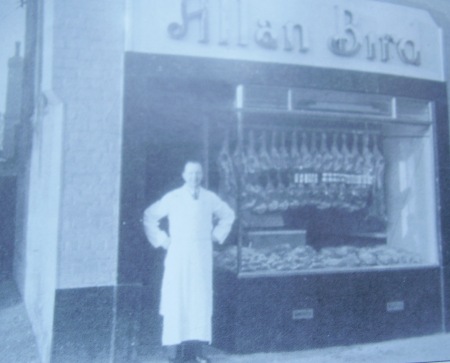
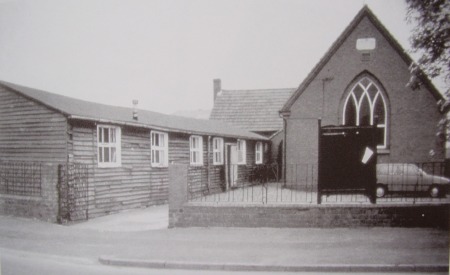
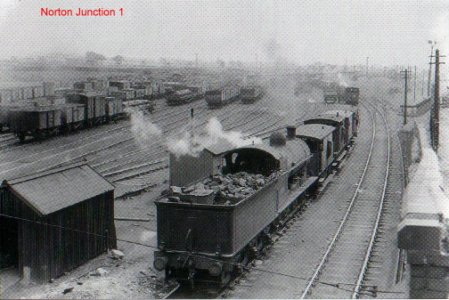
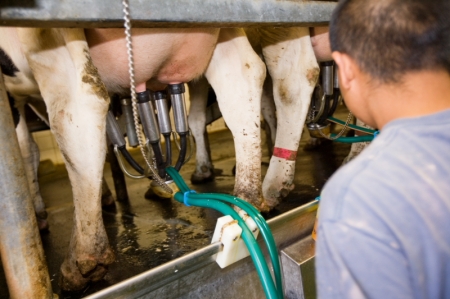
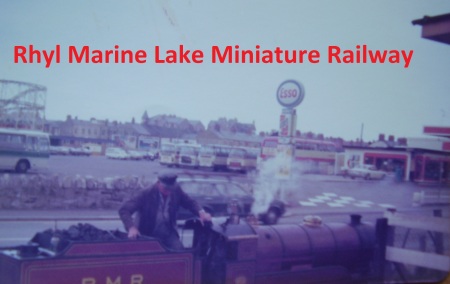
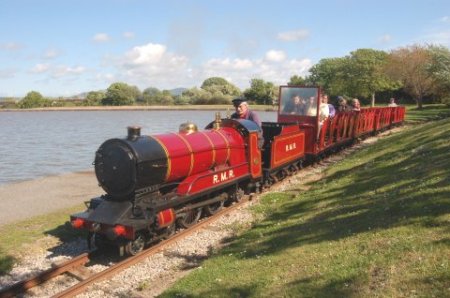
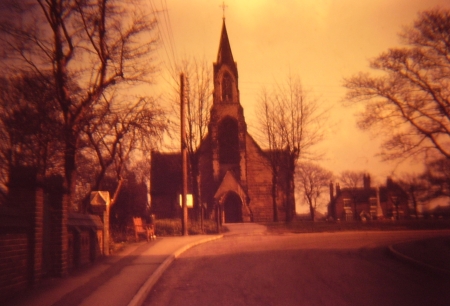
December 13, 2010 at 7:36 am |
Love that pic of ‘Gliders’ …theyr’e all great though.
The junior school by St James’s…is that a building thats still standing today..? I played the organ there quite a few times in the mid 80’s. I remember the church hall being a sort of half round asbestos bunker type of building…..
December 13, 2010 at 4:00 pm |
Thanks for comments, the junior school was on the left of the picture of the church, but sadly now gone. Opposite the junior school was the Brownhills infants school. That also as made way for housing development. the church hall has got a round roof, you are correct.
December 16, 2010 at 8:30 am |
[…] curates his own fantastic blog and I note this week that he has compiled an engaging, informative wander into his childhood in Brownhills. It’s a cracking read, so please do take a […]
October 12, 2011 at 10:06 pm |
Godfrey,
Just found your blog, brings back lots of memories. Goodness, it seems like only a few years ago, time flies so quickly. Keep up the good work, I love it!!! Hope you are keeping well, long time no see.xx
June 27, 2012 at 1:38 pm |
Godfrey,
You remember me, John Burns from Oak Park. Just found your blog, brilliant work and an invaluable record of life in the area – has this been picked up by Carl Chinn yet?
August 31, 2012 at 11:00 pm |
i am just starting my family tree and discovered that my great grandfather lived at 102 coppice side they were called pritchards their daughter was Madge pritchard my gran who disappeared in the 1930/40 she had married a Hathaway does anyone reading this blog have any information i would love to hear from you
April 6, 2014 at 3:43 pm |
My two daughters often say Dad we didn’t know you did this and that, and then I found your blog. How it stirs the memory!
I was born and lived at 181 Pelsall Rd next to Marklews by the ‘double bridges’. I was born on 5th July 1947 and I must have followed in your footsteps, as about six years later I went to Clayanger Infants and I too was taught by Miss Wistance (Miss Whiskers). I then moved onto Brownhills Junior school up the hill by the church and then onto the ‘Central’.
Some of my earliest recollections are playing ‘little boy blue’ at Clayanger and the street party for the Queen’s Coronation. My brother Bob who is three years older than me says the party was held on the Jolly Collier carpark but I seem to remember it was also on the grass verge from Clayanger Lane by the phone box and the bus stop.
I had a great childhood growing up, some of the pals I played with were Sammy Johnson who lived in the row of cottages adjoined to Allports shop. I remember always having a smile for Wendy Allport but she didn’t mix with runny nosed little tykes. Geoffrey Hollins who lived up Coppice side by where you were born, John Ball who lived in the big house at the bottom of Clifton Avenue and Robert Hales who lived opposite the ‘Jolly Collier’ behind the cottages. Behind the cottages by Allports there was a showman’s caravan, and the people who lived in it I think were named Wall.
Like most kids in that era I learned to swim in the canal by the Jolly Collier bridge. Saturday mornings I went off to the cinema for the matinee, Flash Gordon was a favourite. Then off to Joe Taylor’s cafe (which was where the police station is now) for a chip butty with brown sauce. If ever I have a chip butty with brown sauce now it always takes me back to Joe Taylor’s, funny how things stick in your memory.
I remember when I was about nine or ten, when they cut the grass behind our house I would get on the sledge at the back of the bailer and push the bails off. Could you imagine Health & safety now!
We lived in 181 Pelsall Road until I was twelve when the Council ‘Compulsory Purchased’ it to create the industrial units. Years later our house was where Flips Motor Spares was and opposite Binks Boilers. From there we moved into a brand new McCleans house in Maple Road, Pelsall.
It’s funny how in my teenage years I seem to remember more girls names than boys, but that’s another story for my daughters to find out about.
Please keep up the good work Godfrey if it wasn’t for people like you our past would disappear.
Kind regards
John Cartwright.